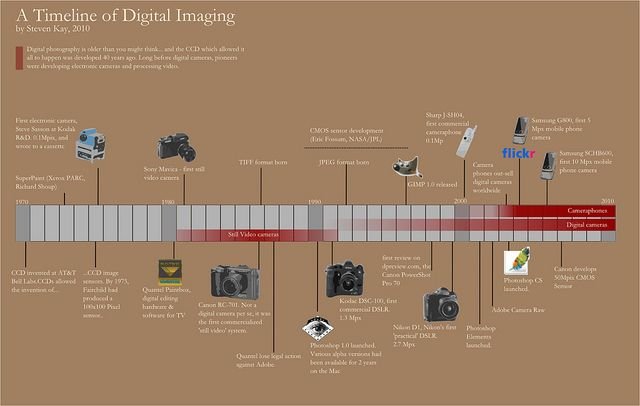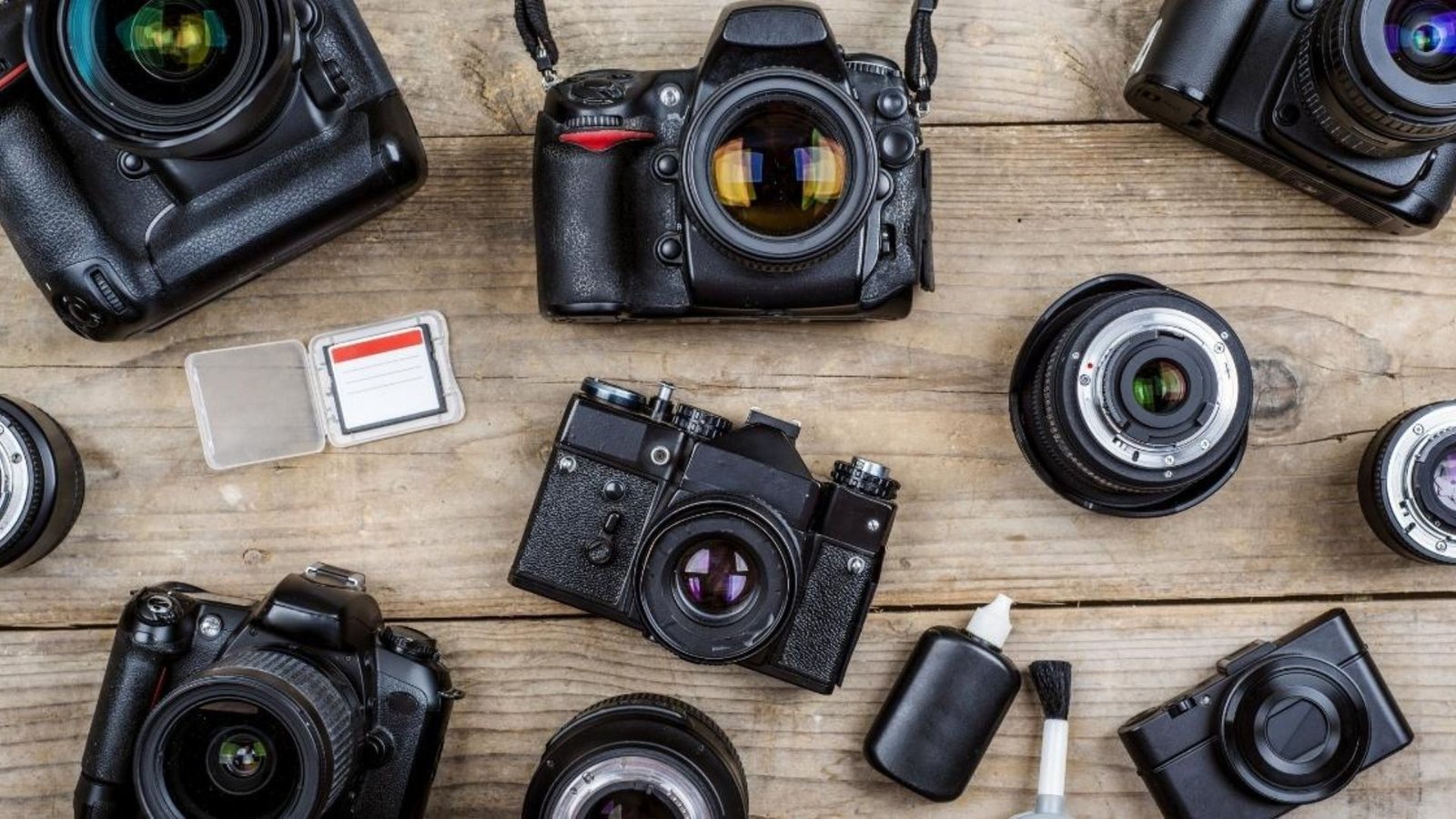Photography has come a long way from its early days of film. This evolution has transformed the way we capture and share moments. With the rise of digital technology, photography has become more accessible and versatile. Let’s take a journey through the history of photography, from film to digital, and see how it has changed over the years.
The Beginnings of Film Photography
Film photography began in the early 19th century. Early photographers used large, cumbersome equipment that required long exposure times. Despite the challenges, film photography quickly gained popularity. People loved the idea of capturing moments and preserving them. As technology advanced, cameras became smaller and more affordable. This made photography accessible to the masses.
In the mid-20th century, film photography reached its peak. Color film emerged, offering vibrant and lifelike images. Photographers had to carefully choose their shots because each roll of film had limited frames. They also needed to develop the film in darkrooms, which required time and skill. Although this process was slow, many photographers enjoyed the anticipation of seeing their final images.
The Shift to Digital Photography
In the late 20th century, digital photography emerged and began to change everything. Digital cameras used electronic sensors instead of film, which allowed instant image capture and review. This was a game-changer for photographers. For the first time, they could see their work immediately and make adjustments on the spot. The need for film and darkroom development vanished almost overnight.
Digital photography also made editing easier. Photographers could now adjust lighting, colors, and even remove unwanted elements with software. This level of control was impossible with film. Moreover, digital storage allowed photographers to take hundreds or even thousands of photos without worrying about running out of film. This marked a significant shift in how people approached photography.
The Rise of Smartphones and Social Media
The evolution of photography didn’t stop with digital cameras. The introduction of smartphones brought another revolution. Almost everyone now carries a camera in their pocket. Smartphone cameras have improved dramatically, offering high-resolution images and advanced features like portrait mode and low-light settings. This accessibility has turned everyone into a potential photographer.
Social media platforms like Instagram and Facebook have further fueled this trend. People now share their photos instantly with friends, family, and even strangers around the world. Photography has become a key part of daily life, and it’s easy to see how much it has evolved from the days of film.
The Impact on Professional Photography
The shift from film to digital has also affected professional photographers. Digital cameras offer more flexibility and reduce costs since there’s no need for film or developing. Photographers can take more shots, experiment with different angles, and perfect their craft without additional expenses. This has opened new creative possibilities and changed the industry.
However, some photographers still prefer film for its unique qualities. Film offers a distinct look that digital can’t perfectly replicate. The process of shooting on film requires patience and thought, which some artists value. Despite the dominance of digital, film photography still has a dedicated following.
Looking Ahead: The Future of Photography
As technology continues to advance, the future of photography looks bright. Innovations like artificial intelligence and augmented reality are already influencing the field. Cameras are becoming smarter, with features like automatic scene recognition and improved low-light performance. The possibilities seem endless as photography evolves further.
Despite all the changes, the essence of photography remains the same. Whether using film or digital, photography captures moments and tells stories. This art form continues to inspire and connect people across the globe.
The evolution from film to digital photography has been a remarkable journey. It has made photography more accessible, flexible, and creative. As technology evolves, we can only imagine what the next chapter will bring. For now, we can appreciate how far photography has come and look forward to its exciting future.










